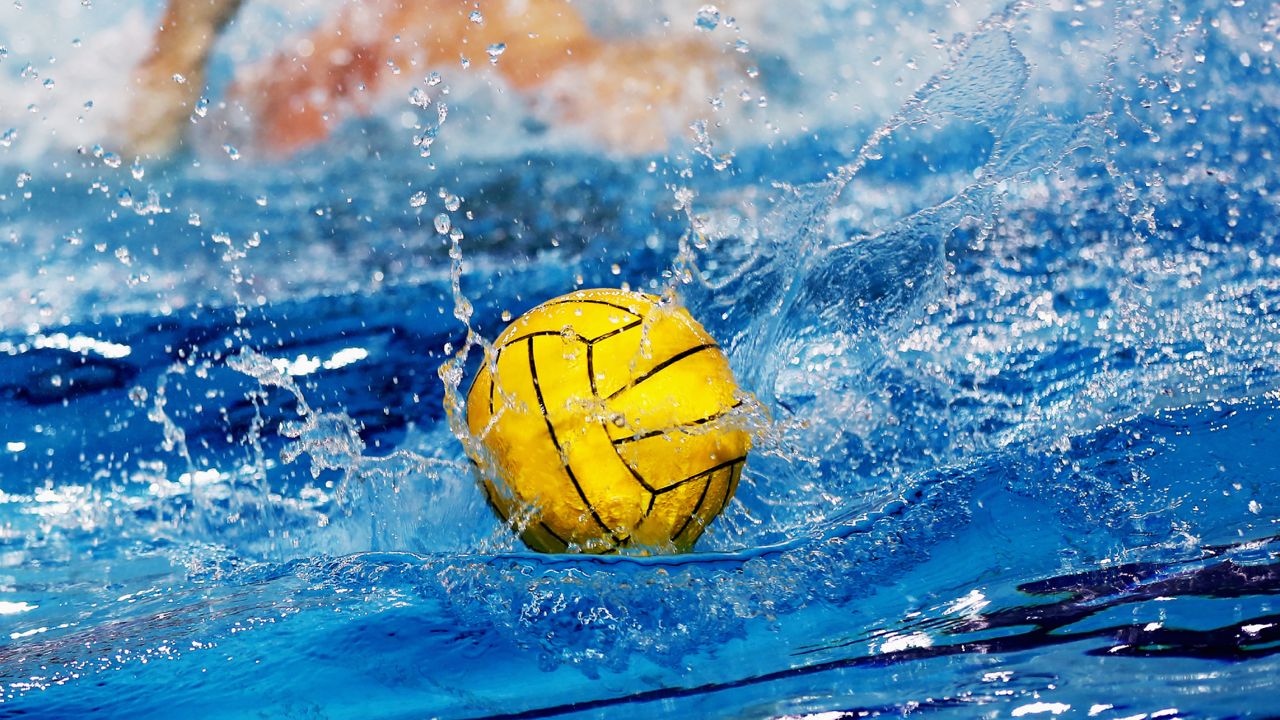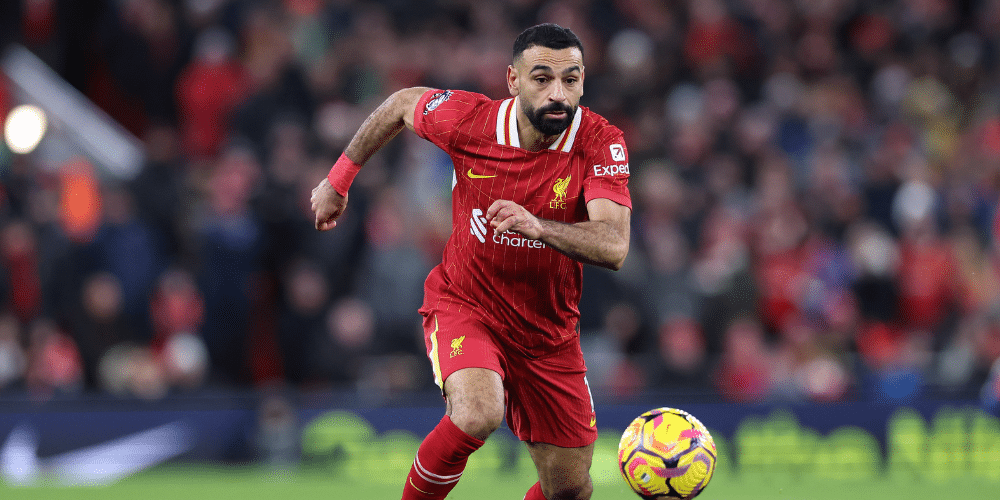Sports
Prevent Blindness releases data on sports-related eye injuries for 2023

COLUMBUS, Ohio — Data released by Prevent Blindness found that there were more than 32,600 sports-related eye injuries that were treated in the U.S. last year, according to a press release from the organization’s Ohio affiliate.
September has been declared as Sports Eye Safety Month by Prevent Blindness Ohio in order to “educate the public on the risk of painful and potentially blinding eye injuries while playing sports without the proper eye protection.”
Some activities seem to cause more injuries than others, with pool/water sports leading the list at 4,401 injuries. Just below that is non-powder guns, darts, arrows and slingshots with 4,001 injures. Taking third is basketball, with 3,865 injuries.
Here’s the full breakdown of injuries, according to Prevent Blindness.
Prevent Blindness said the sort of eye injuries seen in sports are blunt trauma, penetrating injuries and scratches/abrasions to the cornea. They also note that infections sometimes occur in water sports, particularly for those who wear contacts.
They recommend eye guards for athletes and that they or their parents speak with medical experts “to determine the best kind of eye protection for their sport and medical needs.”
The organization also shared advice for athletes looking to keep their eyes safe:
- Athletes with only one eye that can see well (monocular) should wear eye guards and consult with their doctor about sports they can safely play
- Ensure lenses on eye guards do not pop out or in
- Consider using polycarbonate eye guards as they are impact resistant and offer other advantages
- Only buy products with the American Society for Testing and Materials (ASTM) code and check your sports ASTM standard recommendation
- Ensure eye guards are certified by organizations like the Safety Equipment Institute
- ASTM doesn’t certify products, so don’t trust packaging that claims an ASTM certification
“Most sports-related eye injuries can be avoided by simply wearing the proper eye protection” said Amy Pulles, president & CEO of Prevent Blindness Ohio, in the release. “By working with your eye care professional, you can stay in the game with healthy eyes today and for years to come.”










